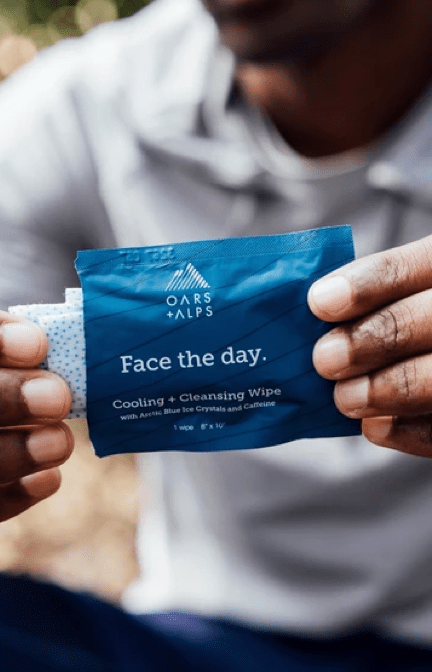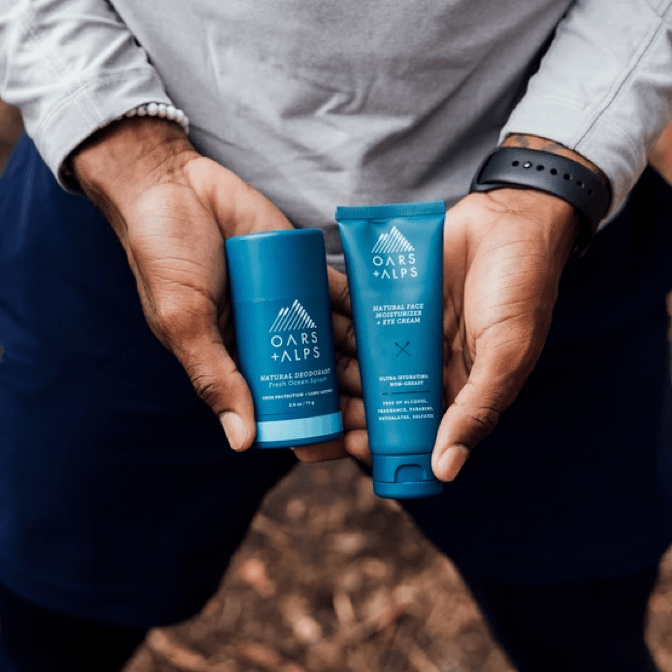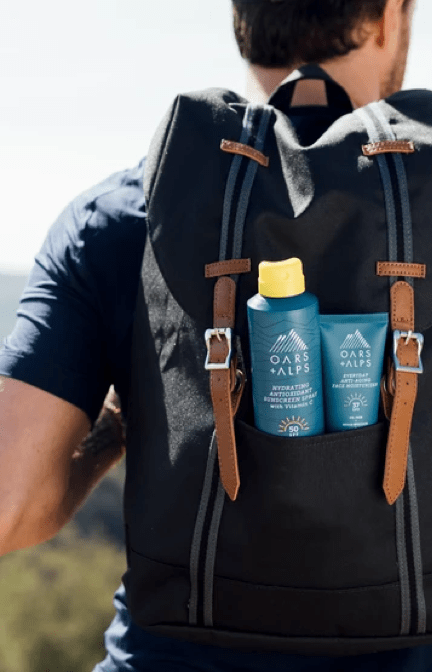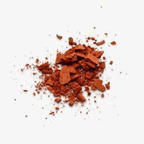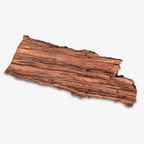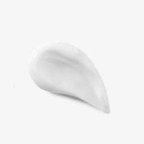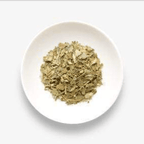Deodorant Ingredients
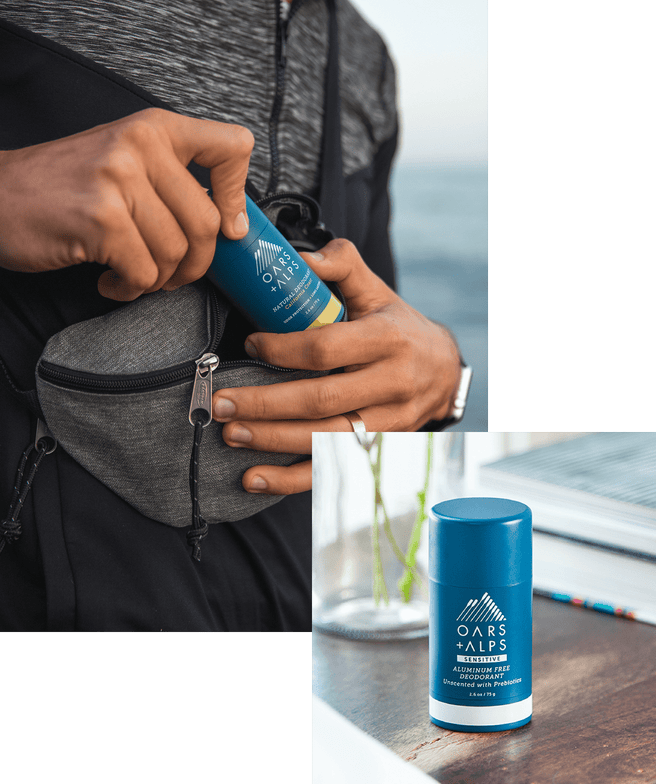
Deodorant Ingredients 101
Over the past 80 years, deodorants and antiperspirants haven’t changed much. We’ve taken a totally new approach, using the best clean ingredients out there to create incredibly effective formulas. We don’t use sticky fillers, overpowering fragrances to cover up odor, or pore-clogging aluminum. Instead, we’ve combined the most nourishing plant extracts and skin-friendly ingredients to make formulas that prevent odor, fight sweat, and protect your skin.
How Deodorant Ingredients Should Help Your Skin
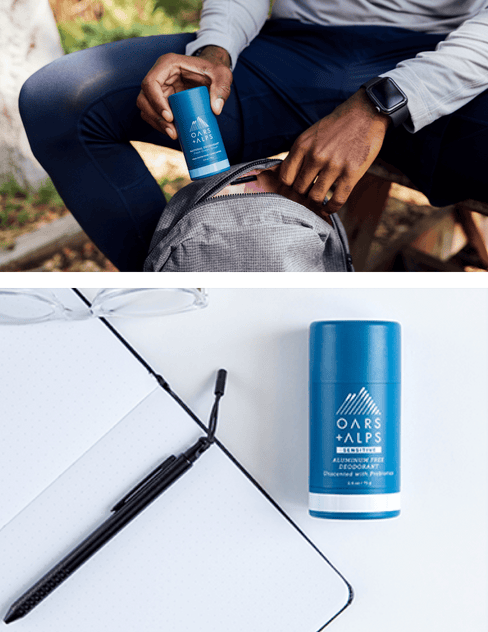
• Ethylhexylglycerin
• 2-Methyl 5-Cyclohexylpentanol
• Saccharomyces Ferment
• Yeast Extract
Keep Odor-Causing Bacteria in Check
From head to toe, your skin is home to a host of bacteria and microbes—some good, some bad—only a few of which create body odor. (We’re looking at you, Staphylococcus hominis.) Most deodorants use harmful disinfectants to wipe out all microbes, which is far from ideal. One study cited microbiome disturbance as a chief cause of skin conditions like dermatitis, acne, infection, and more. We take a different approach that targets bad bacteria while keeping your microbiome intact.
What ingredients can kill the bacteria that causes body odor?
There are several ways to fight odor without harsh chemicals. The main ingredients found in our Aluminum-Free Deodorant might have complex names, but they are actually plant extracts that hunt down and kill the bacteria that cause body odor. The last two in the list are in our unscented formula. They’re extracts from naturally-occurring yeast, which kill odor-causing bacteria while still being gentle on skin. This formula also has prebiotics to support your skin’s microbiome, promoting the good bacteria to crowd out the bad.
Absorb Sweat Without Clogging Sweat Glands
We believe sweat is an essential bodily function that’s great for your skin. It helps regulate your temperature and rid your skin of waste and impurities. Our Aluminum-Free Deodorant is formulated to absorb sweat instead of clogging your sweat glands with aluminum salts, like most antiperspirants. We don’t use baking soda or talc—only plant starches that absorb sweat without caking under your arms or staining your shirts yellow.
Does deodorant absorb moisture?
Many deodorants seek to fight or cover up body odor but don’t address moisture (i.e. sweat) at all. Our Aluminum-Free Deodorants are formulated with plant starches that helps absorb sweat without leaving skin sticky or irritated.
What ingredients in deodorant absorb sweat?
Many deodorants use baking soda to absorb sweat, but we find this ingredient leads to irritation for many people. We use corn starch instead to absorb many times its weight in moisture without clumping. Our unscented formula uses Diatomaceous Earth and Arrowroot Powder to absorb moisture.

• Zea Mays (Corn) Starch
• Diatomaceous Earth
• Arrowroot Root Powder
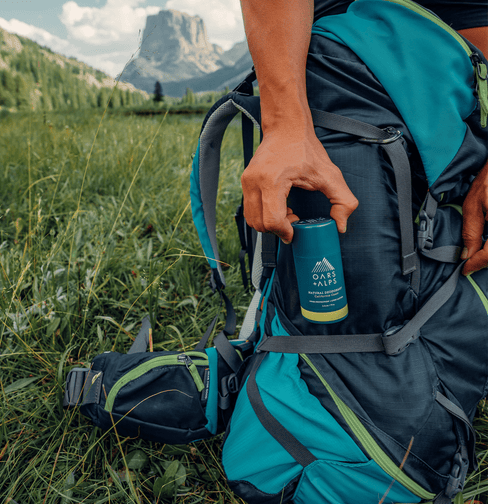
• Aloe Leaf Juice
• Glycerin
• Propanediol
Reduce Friction
If you’ve ever experienced uncomfortable chafing under your arms after a workout, you’re not alone. Many deodorants and antiperspirants prevent or absorb moisture, but don’t address the fact that they can leave your skin dry and irritated. We include ingredients that give your skin just the right amount of hydration to keep it soft and smooth, reducing chafing so you can move freely and comfortably.
What deodorant ingredients are best for chafing?
Reducing underarm irritation requires a few elements. The first is the right amount of moisture. For that, we use Aloe Leaf Juice to hydrate and soothe. The next is giving your skin that soft, smooth feel, for which we use plant-derived Glycerin and Propanediol.
Prevent Irritation + Inflammation
Our underarms withstand a lot of darkness, movement, and moisture every day. Combine that with harsh chemicals and some inflammation is inevitable. That’s why we use soothing ingredients in our deodorant formulas to help prevent redness, bumps and breakouts. It should be noted, though, that even though aluminum-free deodorants are a better choice than aluminum-filled antiperspirants for most people, some will have sensitivities or allergic reactions to certain ingredients. We always recommend testing a new product on a small area of skin to make sure the product and your skin are compatible.
What deodorant ingredients are good for irritation?
Nothing beats the ingredients we use to calm and soothe irritated skin. Aloe Leaf Juice calms irritated skin and provides the hydration skin needs to repair itself. Witch Hazel is a powerful anti-inflammatory that keeps swelling down so your body can heal. Citric Acid is great at balancing your skin’s pH levels, another important factor in balancing your skin’s chemistry gently.
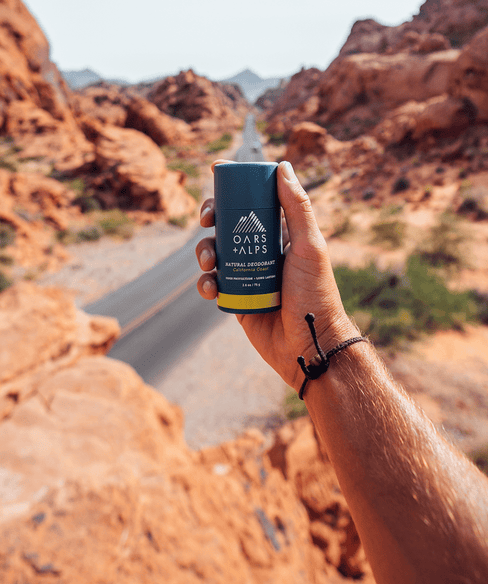
• Aloe Leaf Juice
• Witch Hazel Extract
• Citric Acid
Our Powerful, Clean Ingredients
-
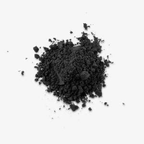 Activated Charcoal
Activated CharcoalAbsorbs impurities up to
200x its weight and helps
prevent acne. Also
functions as an exfoliant. -
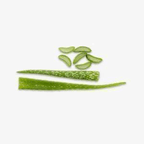 Aloe Vera
Aloe VeraSoothes and hydrates skin
without clogging pores. -
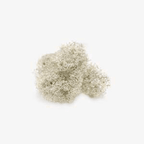 Alpine Caribou Moss™
Alpine Caribou Moss™Reduces the effect of aging
and guards against pollution
and other stressors. Featured
in nearly all of our products. -
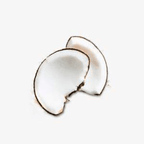 Coconut-Derived Surfactants
Coconut-Derived SurfactantsBreak down oils and fats
without stripping the skin
of its natural moisture. -
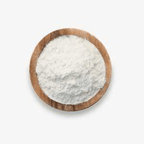 Corn Starch
Corn StarchWicks away moisture (i.e. sweat) and keeps your skin feeling smooth, dry and comfortable
-
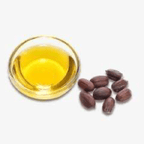 Jojoba Oil
Jojoba OilPrevents harmful, acne-causing bacteria growth. Softens dry and irritating spots and restores skin to a balanced condition.
-
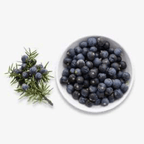 Juniper Berries
Juniper BerriesMildly buff away dead skin
cells and provide ultimate
cleanliness. -
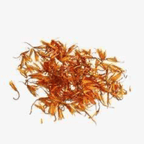 Safflower
SafflowerNon-irritating ingredient that prompts skin to retain moisture, while removing dirt and oil. Lends
skin a healthy glow and reduces the appearance of wrinkles. -
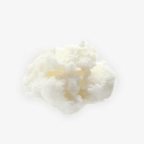 Shea Butter
Shea ButterHelps tissue cell regeneration, softens skin and boosts collagen production. Penetrates deep into skin to moisturize and prevent windburn, sunburn and dry, cracked skin.
-
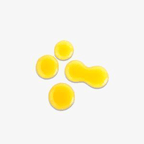 Vitamin E
Vitamin EBlocks free radicals—a major factor in aging—from the body. Helps reduce appearance of wrinkles and keeps skin looking youthful.
-
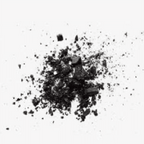 Volcanic Sand
Volcanic SandDeeply exfoliates skin while restoring skin vibrancy. Stimulates blood circulation.
-
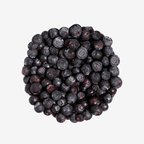 Blueberry Extract
Blueberry ExtractFilled with antioxidants that protect the skin from free radicals which contribute to signs of aging
Ingredients To Avoid In
Skincare Products
If you see these on the back of a label, try one of
our thoughtfully-formulated products instead.
-
Benzalkonium
ChlorideDisinfectant used as a preservative. Associated with severe skin, eye and respiratory irritation and allergies.
Typically found in: lipsticks, moisturizers,
diaper creams, and other cosmetics. -
Coal Tar
Byproduct of coal
processing that adds color
and prevents dandruff.
Known carcinogen.Typically found in: hair
dye, shampoo. -
Ethylenediaminetetraacetic
Acid (EDTA)Disinfectant used as a preservative. Associated with severe skin, eye and respiratory irritation and allergies.
Typically found in: lipsticks, moisturizers,
diaper creams, and other cosmetics. -
Ethanolamines
(MEA/DEA/TEA)Surfactants and pH adjusters.
Linked to allergies, skin toxicity,
hormone disruption and inhibited
fetal brain development.Typically found in: hair dyes, mascara,
foundation, fragrances, sunscreens, dry
cleaning solvents, paint, pharmaceuticals. -
Formaldehyde
Preservative in cosmetics—look for
quaternium-15, DMDM hydantoin, imidazolidinyl urea and several other preservatives. A known carcinogen that is also linked to asthma, neurotoxicity and developmental toxicity.Typically found in: shampoo,
body wash, bubble bath. -
Hydroquinone
Skin-lightening chemical
that inhibits the production
of melanin. Linked to
cancer, organ toxicity and
skin irritation.Typically found in: skin-
lightening creams. -
Methylisothiazolinone and
MethylchloroisothiazolinoneChemical preservatives.
Among the most common
irritants, sensitizers and
causes of contact skin
allergies.Typically found in: shampoo,
conditioner, body wash. -
Oxybenzone
Sunscreen agent and
ultraviolet light absorber.
Linked to irritation,
sensitization and allergies
and possible hormone disruption.Typically found in:
sunscreen, moisturizers. -
Parabens (methyl-, isobutyl-,
propyl- and others)Class of preservatives
commonly used to prevent the
growth of bacteria and mold.
Hormone disruptors, which
may alter important hormone
mechanisms in our bodies.Typically found in: synthetic fragrance, nail polish, hairspray, and plastic materials.
-
Phthalates (DBP, DEHP,
DEP and others)Class of plasticizing chemicals
used to make products more
pliable or to make fragrances
stick to skin. Believed to disrupt the endocrine system and may cause birth defects.Typically found in: synthetic fragrance, nail polish, hairspray, and plastic materials.
-
Retinyl Palmitate and
Retinol (Vitamin A)Nutrient that may damage
DNA and speed the growth of
skin tumors when used
topically.Typically found in: moisturizers, anti-aging skincare.
-
Sodium Lauryl Sulfate
and Sodium Laureth
Sulfate (SLS and SLES)Surfactants that can cause
skin irritation or trigger
allergies.Typically found in: shampoo, body wash, bubble bath.
-
Triclosan and
TriclocarbanAntimicrobial pesticides toxic
to the aquatic environment.
May also impact human
reproductive systems.Typically found in: lipsticks, moisturizers, diaper creams, and other cosmetics.
